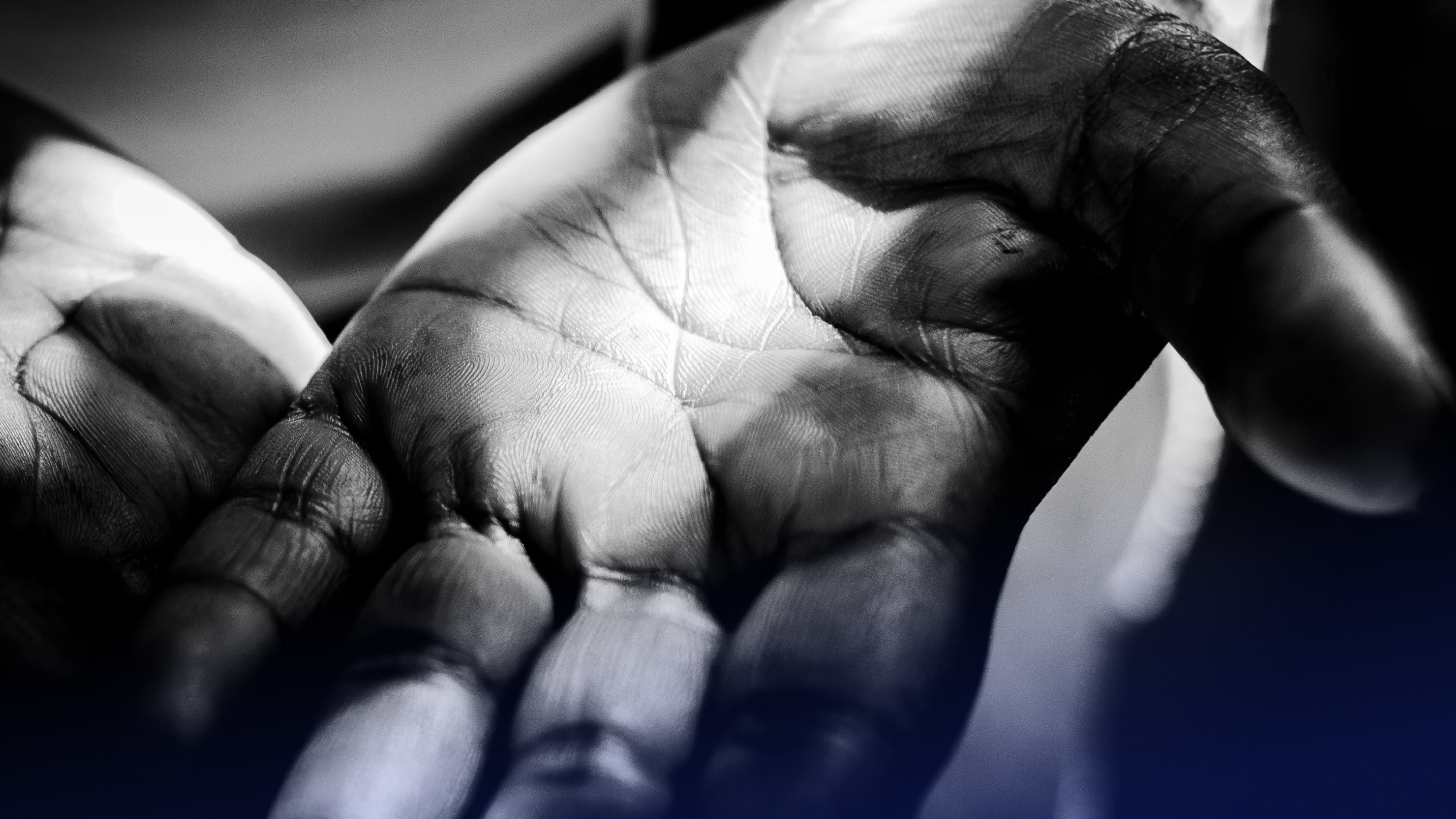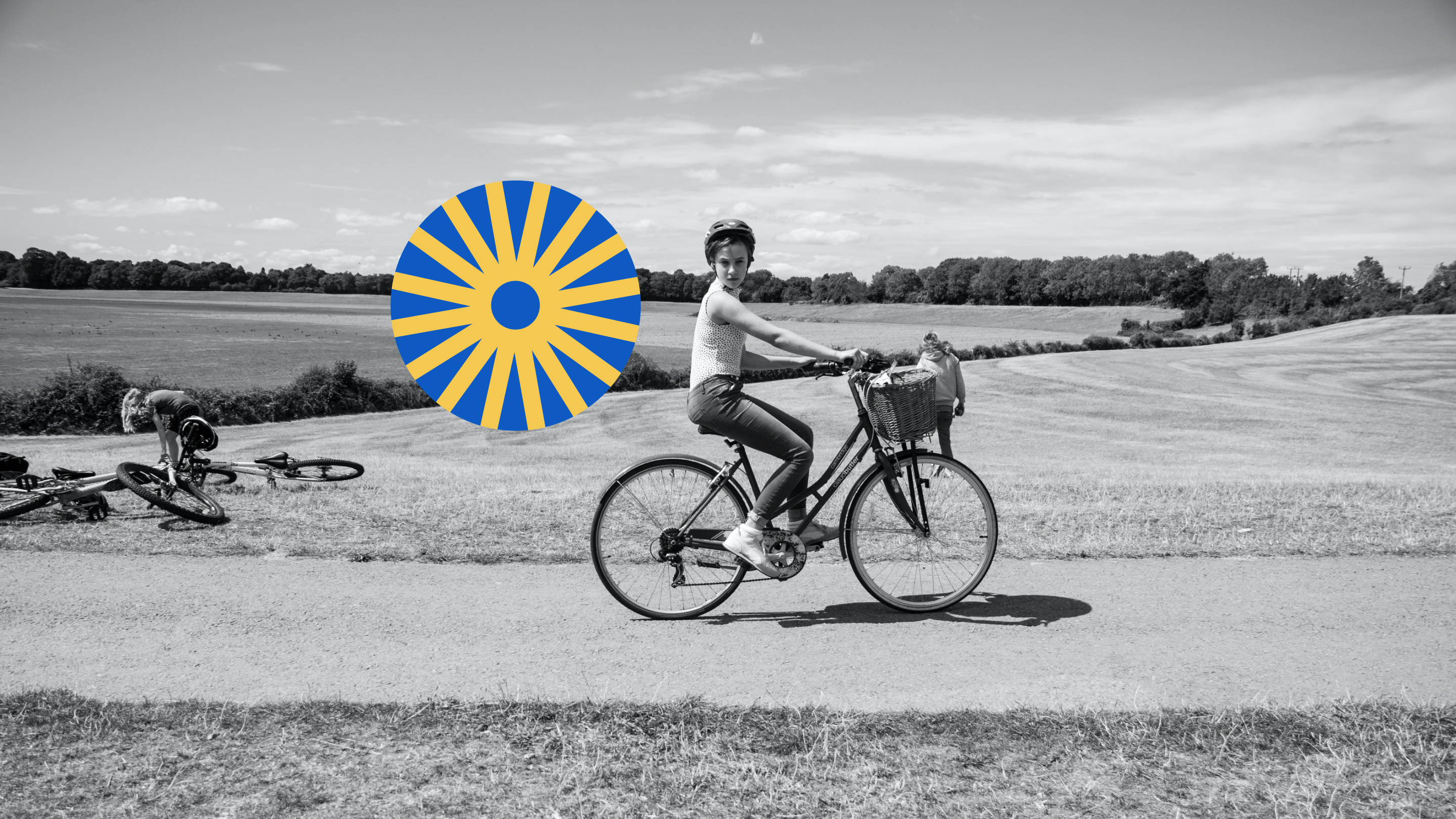
Building for humans in an AI world
The internet is changing fast. Every day, more content is generated by AI. More interactions happen between humans and bots. More decisions are automated.
But here’s what I’ve been thinking about lately: what if the next big opportunity isn’t building for AI, but building explicitly for humans using AI as the engine?
The paradox of human spaces powered by AI
It sounds contradictory at first. How can you create human-only spaces using the very technology that’s making everything feel less human?
But that’s exactly the point. AI can be incredibly good at one specific task: identifying and filtering out other AI.
Think of it like using a metal detector to find plastic. The tool and the target are fundamentally different.
AI can help us build better human experiences by keeping the automated noise out.
Why human-only spaces matter more than ever
When I open social media these days, I’m never quite sure if I’m reading a human’s thoughts or a bot’s output.
When I browse product reviews, I wonder which ones are genuine experiences and which are generated. This uncertainty is exhausting.
People are craving authentic human connection. They want to know that the person they’re talking to is real, that the review they’re reading comes from actual experience, that the art they’re admiring was created by human hands and hearts.
What makes a product truly human-first?
From a design perspective, human-first products in an AI world need three core elements:
1. Verification that actually works
The old CAPTCHA model of “click all the traffic lights” isn’t enough anymore. AI can solve those puzzles better than humans. We need new approaches:
- Proof of humanity through time: Require actions that take genuine human time and attention. For example, Worldcoin uses iris scanning to create unique human identities. While controversial, it shows how biometric data might play a role.
- Social verification networks: Let existing verified humans vouch for new members. This creates a web of trust that’s hard for bots to penetrate. Think of how Clubhouse initially grew through invites only.
- Behavioral patterns: Track subtle patterns in how people use products. Humans move mice erratically, take breaks, make typos, and change their minds. These patterns are surprisingly hard to fake at scale.
2. Experiences that celebrate human imperfection
Instead of optimizing for perfection, what if we designed for humanity’s beautiful messiness?
BeReal became popular by asking people to share unfiltered moments at random times. No time to stage the perfect shot or run it through filters. Just real life, captured authentically. This constraint makes it inherently human.
Another example could be a writing platform where you can see every keystroke, deletion, and revision. The messy creative process becomes part of the content itself. AI might write cleaner first drafts, but it doesn’t struggle and iterate the way humans do.
3. Communities built on shared human experiences
The strongest human-only spaces will form around experiences that AI cannot have:
- Physical meetups: A running club app that requires you to actually show up and run with others. GPS verification confirms you were there, moving at human speeds, with other verified humans.
- Creative challenges with constraints: A music platform where you must record live in one take, no editing allowed. The imperfections become the point.
- Emotional support networks: Spaces for grief, joy, parenting struggles, or career transitions. These require lived experience and empathy that AI can mimic but not truly understand.
The technical challenge of keeping AI out
As a product designer, I find the verification challenge fascinating. Here are some approaches I’ve been exploring:
Hardware-based solutions
Apple’s Face ID or fingerprint scanning could evolve into human verification tools. Imagine logging into a “humans only” platform with a combination of biometric data that confirms you’re not just human, but the specific human you claim to be.
Economic barriers
Require a small payment to join or post. Not enough to exclude people, but enough to make bot armies expensive. Wikipedia’s donation model shows how small amounts can add up to sustainability.
Time-based proofs
Make users complete tasks that require sustained attention over time. Maybe you need to water a virtual plant daily for a week before you can post. Bots optimize for speed; humans understand patience.
Creative challenges
Ask users to create something genuinely new. Draw a picture based on a prompt. Write a poem about their morning. Record themselves humming a made-up tune. These creative acts are uniquely human, at least for now.
The irony and the opportunity
Yes, it’s ironic that we might use AI to create AI-free spaces. But that’s how many technologies work.
We use computers to create quiet meditation apps.
We use industrial processes to make handcrafted-looking products.
The opportunity is massive. As more of the internet becomes synthetic, the value of verified human spaces will skyrocket.
People will pay premiums for authentic human interaction, genuine reviews, and real community.
Design principles for human-first products
Based on my exploration, here are key principles for designers entering this space:
Make verification feel like onboarding, not a test. Nobody likes feeling like they’re being interrogated. Weave verification into a welcoming experience that helps people understand the community they’re joining.
Celebrate what makes us human. Our flaws, our emotions, our physical presence, our mortality. These aren’t bugs to be fixed but features to be celebrated.
Create value that only humans can create. Focus on experiences that emerge from human connection, creativity, and empathy. These are our superpowers in an AI world.
Be transparent about the why. People need to understand why verification matters and how their data is being used. Trust is everything in human-first products.
Plan for evolution. As AI gets better at mimicking humans, verification methods will need to evolve. Build systems that can adapt without breaking the user experience.
The future of human connection
I believe we’re heading toward a two-tier internet. One layer will be AI-generated, infinite, and free. The other will be human-verified, finite, and valuable. Both will have their place, but the human layer will become increasingly precious.
For product designers, this presents an incredible opportunity. We get to define what human-first means in an AI world. We get to build the spaces where people can be fully, authentically human.
The tools we use might be powered by AI, but the experiences we create should be unmistakably human. That’s not just good design. In an increasingly automated world, it might be essential for preserving what makes us human in the first place.
For more thoughts on designing human-centered experiences, check out Humane by Design, a great resource for ethical design principles.
Also read The future is whispered, not shouted


